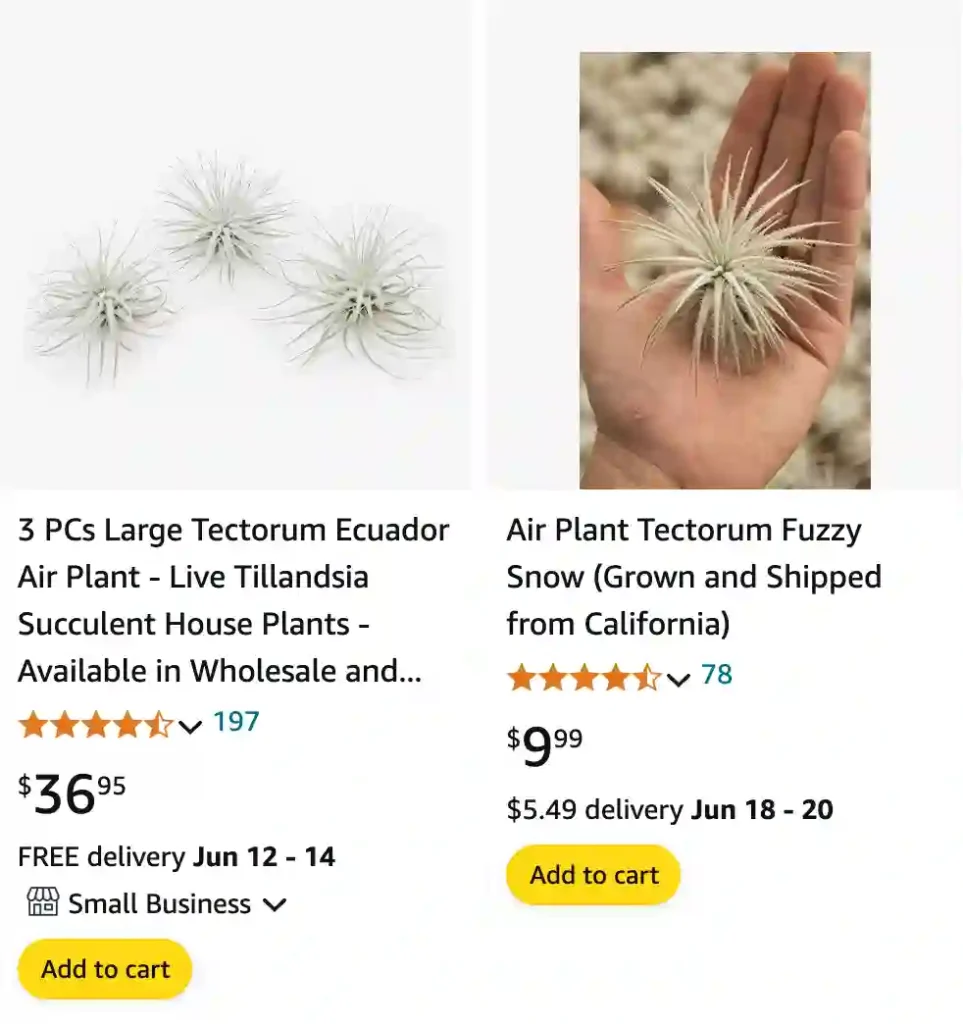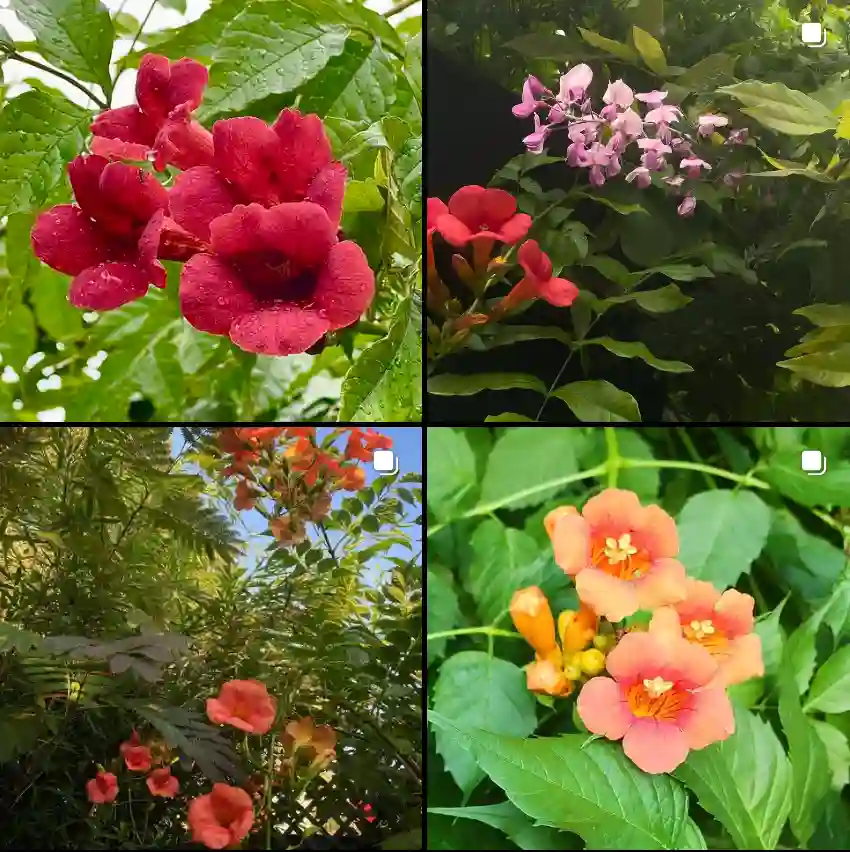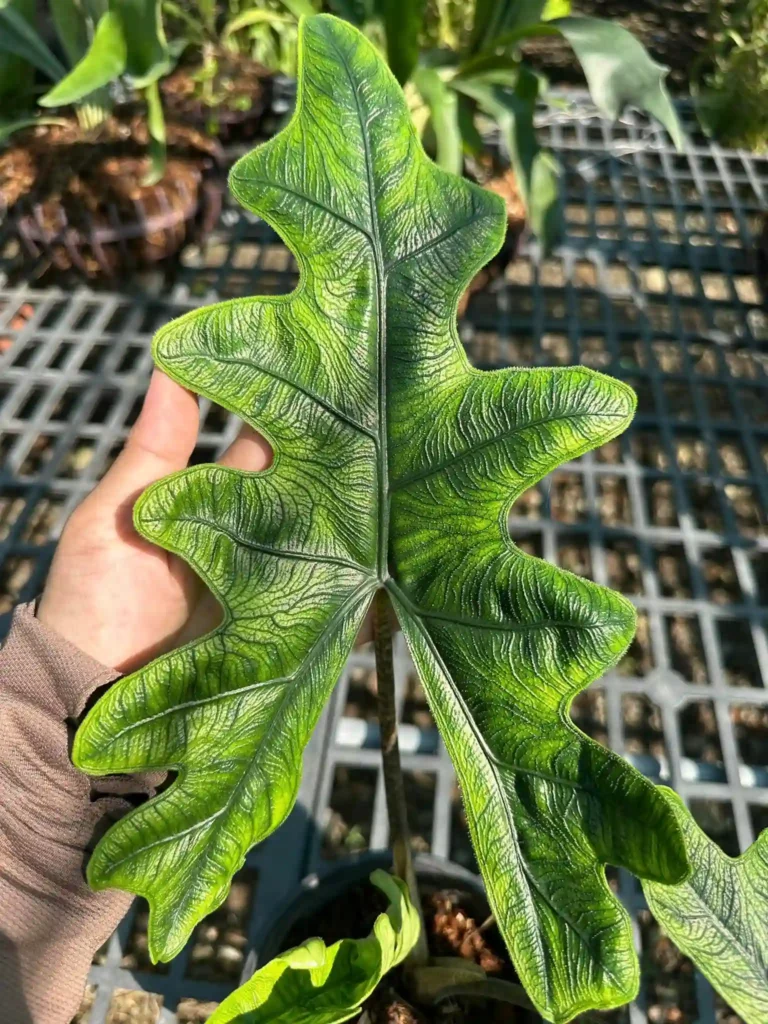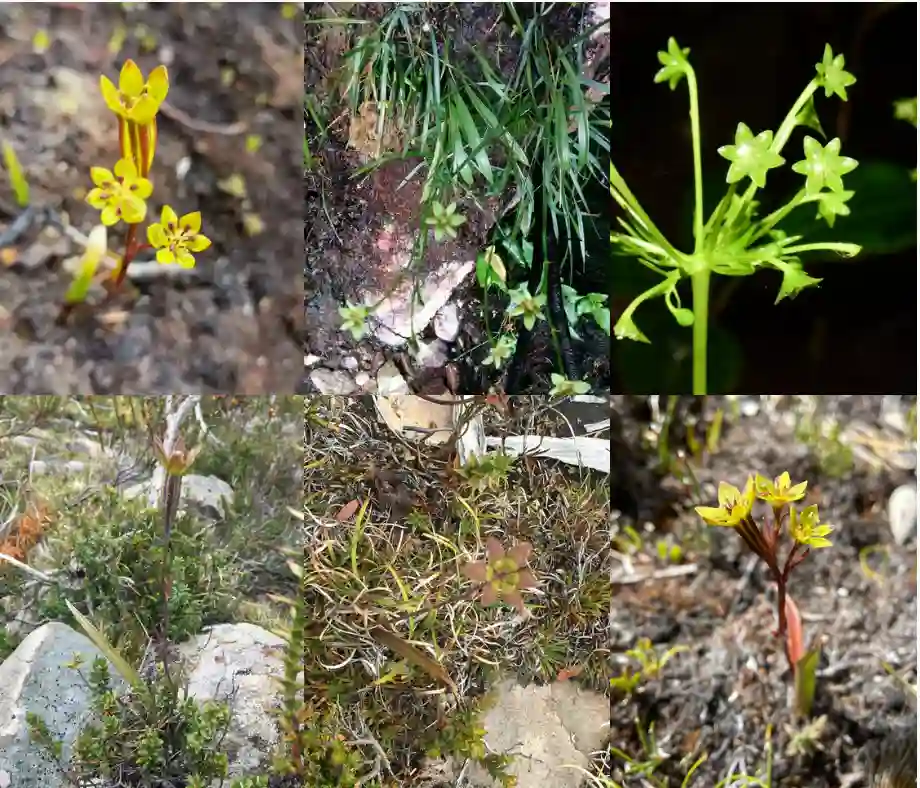
Tillandsia Tectorum: Your Guide to the Fuzzy Air Plant
Hi, Ferb Vu here, and I’m obsessed with air plants. They’re like little sculptures that thrive on neglect, perfect for busy folks like me. Today, we’re diving deep into one of the most captivating air plants, the Tillandsia Tectorum.
690 Species in Genus Tillandsia – Air Plants
What is Tillandsia Tectorum?
Imagine a plant resembling a fuzzy snowball. That’s the Tillandsia Tectorum in a nutshell. Native to the cloud forests of Ecuador and Peru, this air plant boasts a mesmerizing appearance thanks to a dense covering of trichomes – tiny hairs that give it its signature white, fuzzy texture.
Tectorum vs. Xerographica: The Fuzzy Face-Off
Tillandsia Xerographica, another popular air plant, is often compared to the Tectorum. Both share similar silvery-gray hues, but there are key differences. Xerographica boasts a more dramatic, curling form, while the Tectorum is compact and rounded.
Here’s a quick breakdown:
- Appearance: Tectorum – Fuzzy snowball. Xerographica – Dramatic, curling leaves.
- Size: Tectorum – Grows 2 to 12 inches wide. Xerographica – Can reach up to 18 inches wide.
- Sun Tolerance: Tectorum – Handles more direct sunlight. Xerographica – Prefers bright, indirect light.
Ultimately, the choice depends on your preference. Tectorum is ideal for those who love the whimsical, fuzzy look. Xerographica is perfect for those seeking a more dramatic air plant.
How to Care for Your Tillandsia Tectorum?
The beauty of Tillandsia Tectorum lies in its low-maintenance nature. Here’s what you need to know:
- Watering: Unlike traditional plants, Tectorum absorbs water through its leaves. Soak it for 30 minutes once a week, then shake off excess water and let it dry completely before placing it back.
- Light: Tectorum thrives in bright, indirect sunlight. Avoid harsh afternoon sun, which can scorch the leaves.
- Air Circulation: Good air circulation is crucial to prevent rot. Keep your Tectorum in a well-ventilated spot.
- Temperature: Aim for temperatures between 50°F (10°C) and 85°F (29°C). Avoid placing it near heat vents or drafty windows.
Tillandsia Tectorum: Beyond the Basics
While the above covers the essentials, here are some extra tips for a happy Tectorum:
- Misting: During dry spells, you can occasionally mist your Tectorum between soakings.
- Fertilizing: A diluted bromeliad fertilizer applied once a month during the growing season (spring and summer) can give it a boost.
- Mounting: Tillandsia Tectorum doesn’t require soil. You can display it on driftwood, seashells, or hang it in a terrarium. Just ensure good air circulation around the plant.
Blooming Beauty: What to Expect
Tillandsia Tectorum is a flowering air plant. When happy, it produces a vibrant purple or pink bloom from its center. The bloom can last for several weeks, adding another layer of beauty to this unique plant.
Troubleshooting Common Tillandsia Tectorum Issues
- Brown leaves: This can be caused by underwatering, overwatering, or too much direct sunlight. Adjust your watering routine and provide proper light conditions.
- Mushy leaves: This indicates rot, usually due to poor air circulation or overwatering. Improve air flow and adjust your watering schedule.
- Loss of color: A dull or yellowing Tectorum might be receiving insufficient light. Move it to a brighter location with indirect sunlight.
By following these tips, you can ensure your Tillandsia Tectorum thrives for years to come.
So, there you have it! With its captivating looks and easy care, the Tillandsia Tectorum is a fantastic addition to any plant collection. It brings a touch of the exotic indoors and requires minimal effort to keep happy.
If you’re looking for a low-maintenance conversation starter, the Tillandsia Tectorum is definitely worth checking out. Happy planting!
If i die, water my plants!



